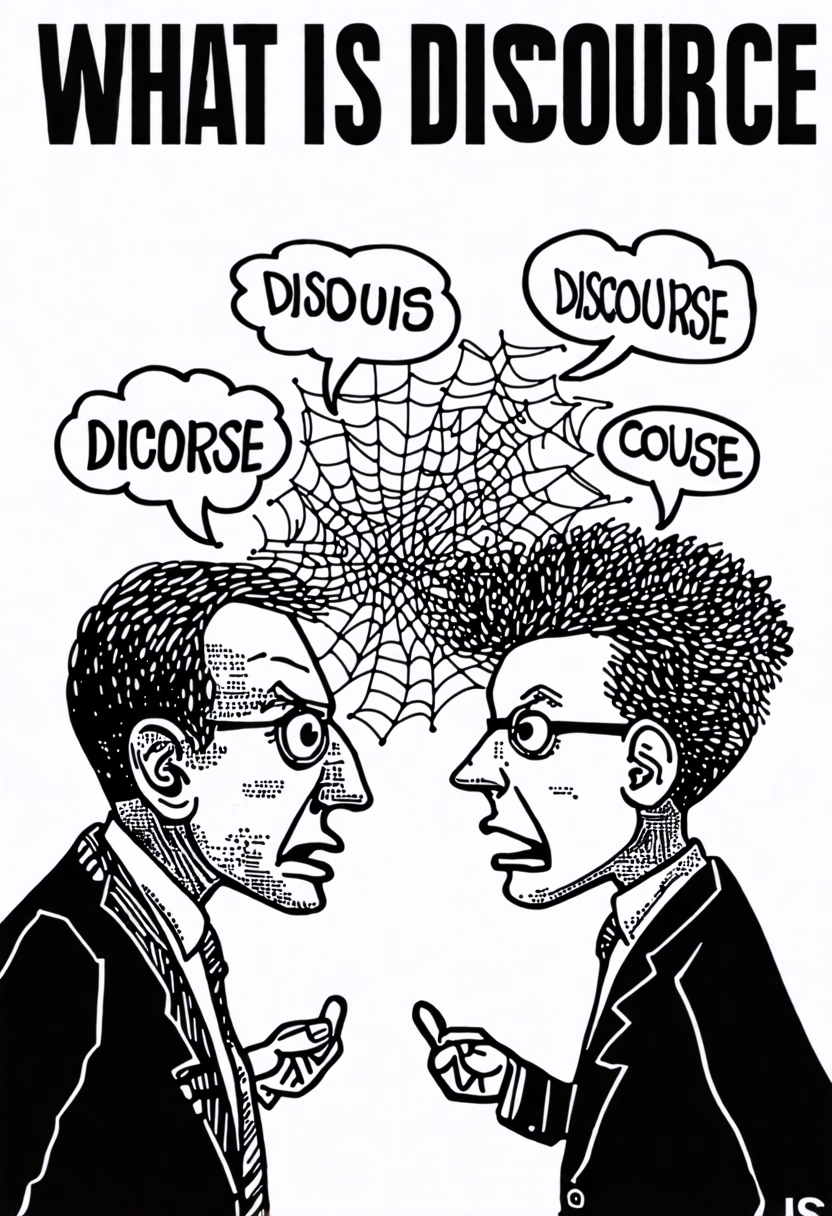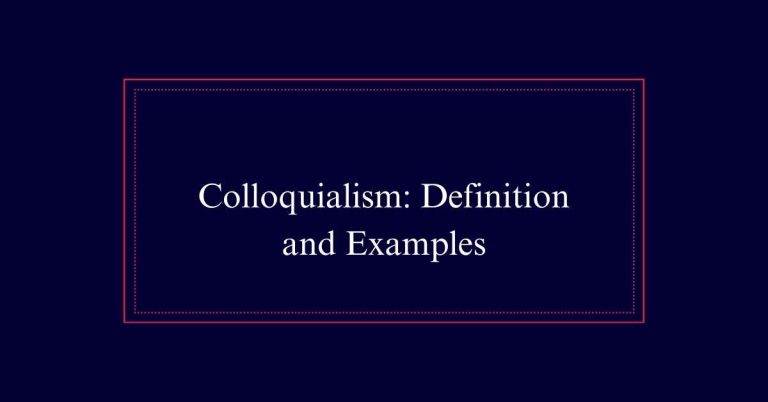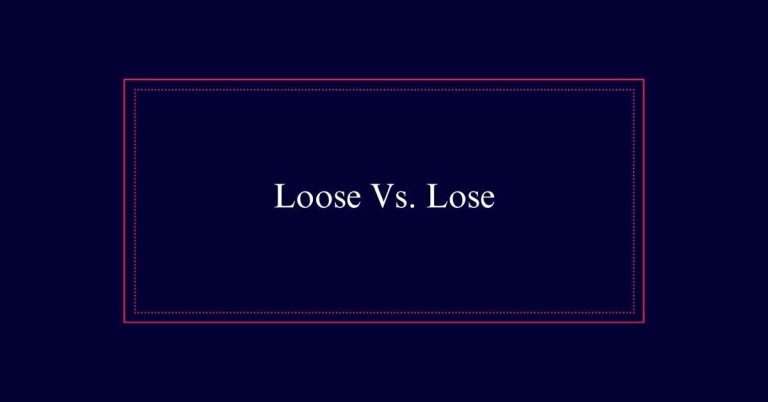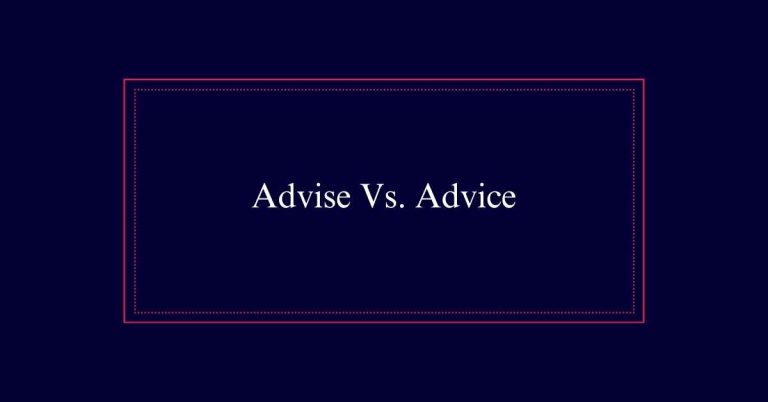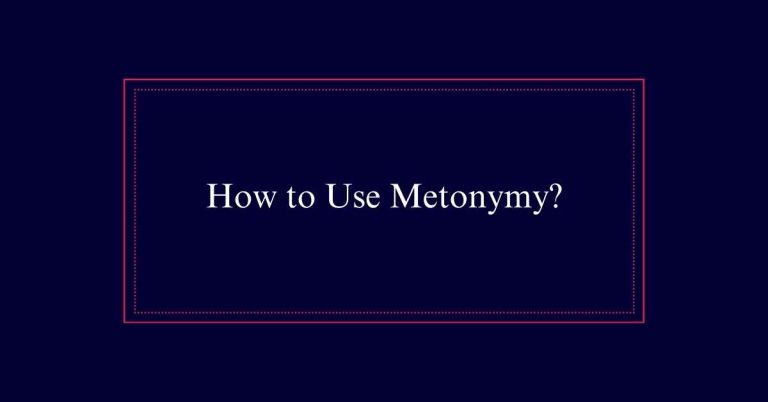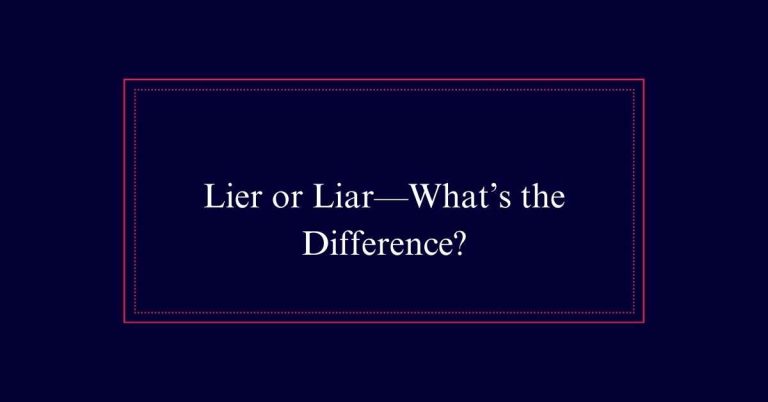What Is Discourse? 4 Types of Written Discourse
Discourse refers to the structured communication of ideas and information, either in written or spoken form. It is essential for sharing knowledge, influencing opinions, and creating emotional connections.
There are four primary types of written discourse:
Description, which uses sensory details to create vivid imagery;
Narration, which tells a story through structured events;
Exposition, which informs and educates with facts and explanations; and
Argumentation, which persuades and supports viewpoints.
Understanding Discourse
Understanding discourse begins with recognizing its role in communicating ideas and information. Discourse refers to the use of language to convey thoughts, insights, and knowledge. It encompasses various forms, including fictional, poetic, and nonfictional prose.
For discourse to be effective, it must exhibit coherence and purpose, extending beyond a mere sentence. Discourse is shared through both written and spoken language, serving as a medium for expression and interaction. It is organized into three primary categories: written, spoken, and civil discourse. Each category allows for the structured sharing of information.
Purpose of Written Discourse
Why is written discourse important in communication?
Written discourse serves multiple critical purposes in conveying information and ideas. It can inform, persuade, entertain, or evoke emotions. It helps in documenting and sharing knowledge across time and space. Written discourse is essential for several reasons:
- Communication: Facilitates clear and structured exchange of ideas.
- Documentation: Provides a permanent record of information.
- Education: Aids in teaching and learning processes.
- Persuasion: Influences opinions and decisions.
- Empathy: Builds emotional connections through storytelling.
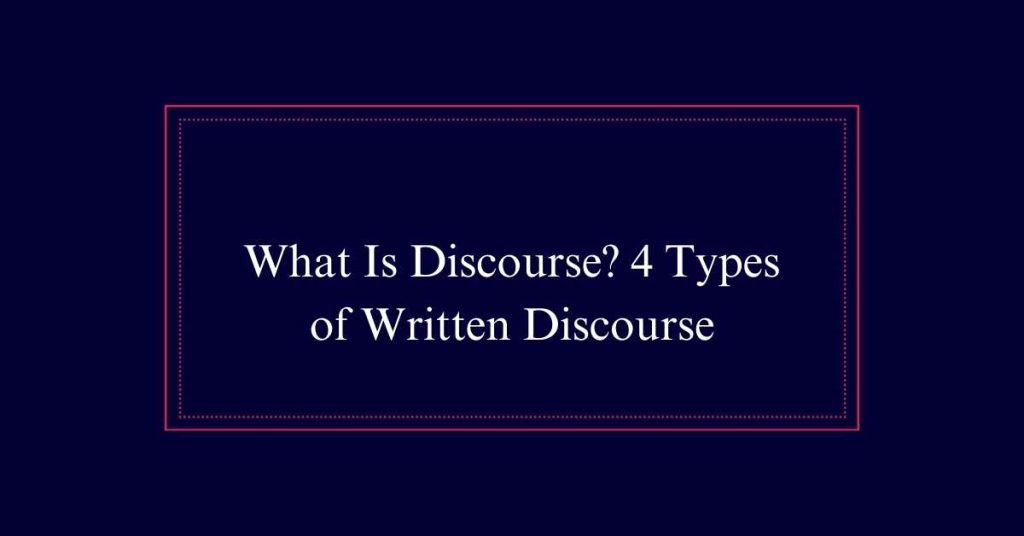
These points highlight the multifaceted role written discourse plays in our daily lives. It is not confined to academic or serious topics but spans across diverse subjects, enriching our understanding and interaction with the world.
Description Discourse
Building on the diverse purposes of written discourse, descriptive discourse aims to create vivid imagery by appealing to the reader’s senses. This form of discourse paints a detailed picture of a scene, object, person, or event. It uses sensory details—sight, sound, smell, taste, and touch—to make the writing more immersive.
By focusing on minute details, it helps the reader to visualize and experience the subject matter more deeply. Descriptive writing is often used in fiction, poetry, and personal narratives. It can enhance the emotional impact and engagement of the text.
Effective use of descriptive discourse enriches the reader’s experience, making the content memorable and evocative.
Narration Discourse
Narrative discourse involves telling a story through a structured sequence of events. This type of discourse is fundamental in both fiction and nonfiction. It engages readers by presenting characters, settings, and plots in a coherent manner. The primary goal is to entertain, inform, or convey a certain perspective.
Key elements of narrative discourse include:
- Plot: The sequence of events that make up the story.
- Characters: The individuals involved in the story.
- Setting: The time and place where the story occurs.
- Conflict: The central challenge or problem faced by characters.
- Resolution: The conclusion or outcome of the conflict.
Narrative discourse captures attention and immerses readers in the story, making it a powerful tool for communication.
Exposition Discourse
Exposition discourse aims to inform and educate the reader by presenting facts, explanations, and information in a clear and logical manner. This type of discourse is straightforward, focusing on delivering data without the use of personal opinions or persuasive language.
It often appears in textbooks, instructional manuals, and scientific reports. The primary goal is to enhance the reader’s understanding of a subject by providing detailed explanations and evidence.
Through careful organization and clarity, exposition discourse helps break down complex ideas into understandable segments. Effective exposition relies on logical structure, coherence, and precision, making it an essential method for conveying knowledge and facilitating learning across various fields.
Argumentation Discourse
Argumentation discourse aims to persuade readers through logical reasoning and evidence, striving to convince by presenting well-founded arguments anchored in facts. This type of discourse is commonly found in essays, research papers, and opinion pieces. Its effectiveness hinges on the clarity of the argument, the quality of the evidence, and the logical structure.
Key features of argumentation discourse include:
- Thesis Statement: A clear, concise statement of the main argument.
- Evidence: Facts, statistics, and examples that support the thesis.
- Counterarguments: Consideration and refutation of opposing viewpoints.
- Logical Structure: A coherent flow from introduction to conclusion.
- Persuasive Language: Use of rhetorical devices to strengthen the argument.
Effective argumentation can influence opinions and drive change.
Poetic Discourse
While argumentation discourse relies on logic and evidence to persuade, poetic discourse uses figurative language and rhythmic elements to evoke emotions and imagery. It aims to transcend the literal meaning of words, creating a rich tapestry of sensations and visuals. Poetic discourse is found in poetry, lyrical prose, and literary works that prioritize aesthetic qualities.
| Element | Function | Example |
|---|---|---|
| Metaphor | Creates symbolic meaning | ‘The world is a stage’ |
| Alliteration | Enhances rhythm and mood | ‘Whispering winds’ |
| Imagery | Evokes vivid sensory experiences | ‘Golden sunrises’ |
Expressive Discourse
Expressive discourse captures personal reflections and emotions through creative yet nonfictional writing. This type of discourse is often seen in personal essays, memoirs, and diaries. It allows writers to share their innermost thoughts and feelings with their audience. The focus is on personal experience and individual perspective rather than objective facts or external events.
Characteristics of expressive discourse include:
- Authenticity: Genuine and heartfelt expression of personal experiences.
- Subjectivity: Emphasis on the writer’s personal viewpoint.
- Emotional depth: Conveyance of deep feelings and emotions.
- Creativity: Artistic use of language to describe personal insights.
- Introspection: Reflection on personal growth and self-awareness.
Transactional Discourse
Unlike expressive discourse, which focuses on personal reflection, transactional discourse aims to instruct or drive action. This type of discourse is practical and goal-oriented. It includes texts like user manuals, business letters, and instructional guides. The primary objective is to convey clear and precise information that prompts the reader to perform a specific task or understand a particular procedure.
Transactional discourse often employs straightforward language and a logical structure. This guarantees that the instructions are easy to follow.
The importance of transactional writing lies in its ability to eliminate ambiguity. By providing direct and actionable content, transactional discourse plays a vital role in various professional and everyday contexts, ensuring tasks are completed efficiently and correctly.
Examples of Discourse
Examples of discourse illustrate how language can convey ideas, emotions, and actions effectively. Discourse can be found in various forms, from literary works to speeches, each serving a distinct purpose. Here are some notable examples:
- Quotes from Anaïs Nin: Her diaries reflect personal, expressive discourse, revealing deep emotions and thoughts.
- William Shakespeare’s Plays: His works combine narrative and poetic discourse, showcasing complex characters and themes.
- Greta Thunberg’s Speeches: These are prime examples of argumentative discourse, aiming to persuade and inspire action on climate change.
- Scientific Reports: These documents use expository discourse to inform and educate readers on specific topics.
- Personal Essays: Often blend expressive and narrative discourse, providing insights into the writer’s experiences and reflections.
